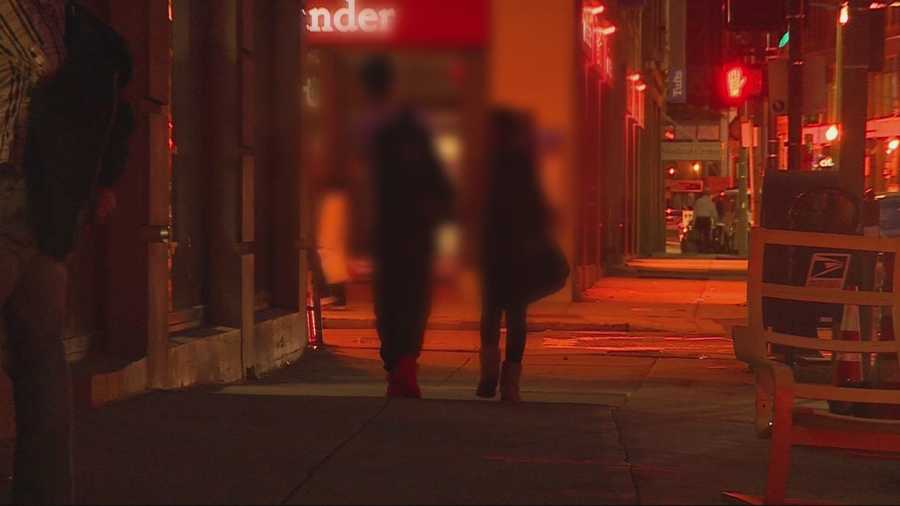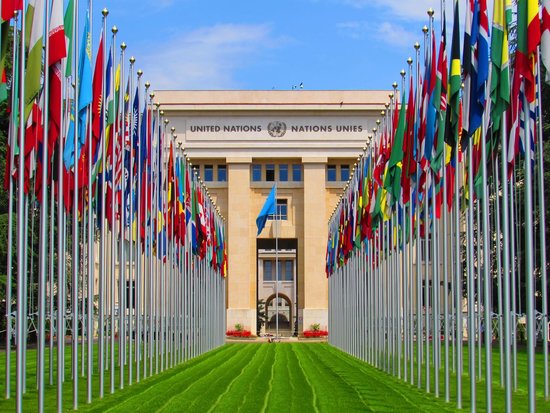BOSTON —In the shadows of Boston’s old red-light district sex may not be for sale on the streets, but when 5 Investigates went undercover they found offers of sex for a fee happening behind closed doors.
The neon signs for massages glow in the windows of the second floor of 40 Harrison Ave. in the heart of Chinatown.
With cash in hand our producer hit two businesses, Diva Beauty Spa and Lotus Massage, on different nights.
When the massage ended, he said, “At a certain point with her hand on my private area she asked me if I wanted her to finish and made a hand gesture. In the old days you would see prostitutes on the street, now I just stepped into a doorway, went upstairs and found the same thing.”
Weeks later, two women were taken into custody and evidence was hauled out of Chinatown massage parlors during a Boston Police raid targeting alleged houses of prostitution and human trafficking.
Two of the businesses raided were part of our investigation at 40 Harrison Ave.
The detective sergeant who heads up the Boston Police Human Trafficking Unit told 5 Investigates police had received community complaints that people were going in not just for massages but to get illicit sex, illegal sex for a fee.
Investigators said in many cases what’s happening in Chinatown is more than just women working as prostitutes in massage parlors.
They believe it’s part of the underground sex trade involving human trafficking.
“Many of the women I’ve talked to who have come to this country have left very abusive situations back in China. They thought they were going to work in a restaurant or be domestic help and the next thing they know they’re involved in the sex trade,” said the detective.
The businesses and the services they offer can be easily found on websites popular with men on the hunt for sex.
Documents obtained by 5 Investigates show there’s been a history of problems at Diva Beauty Spa over the past few years. A complaint was filed in April with the state about alleged illegal sex at Diva Beauty Spa. They were also cited in 2012 for having an unlicensed masseuse.
The current owner of Lotus, Sophia Wang, was charged with sexual conduct for a fee back in 2008 and maintaining a house of prostitution in 2010. Both charges were dropped. Last year police obtained a search warrant after a massage therapist at Lotus told an undercover officer she would perform a sex act for $40.
Police don’t target the women providing the sex, who in most cases, are brought in from New York.
They focus on the business owners, the johns who provide the demand and pimps trafficking the women.
The head of the Boston Police Human Trafficking Unit said, “As you can imagine there’s a great demand and that’s the big problem. There’s a lot of money being made by pimps because guys are willing to pay two to three-hundred dollars for services at lunch.”
Both owners will be summonsed to court for maintaining houses of prostitution.
The state fined Lotus Massage last year for licensing and labor law issues. Diva Beauty Spa was issued a stop-work order last week, but that’s under appeal.
Because it’s difficult to prosecute these cases, city, state and federal investigators use a multi-pronged approach which includes looking at labor laws, immigration laws and inspecting the businesses.



